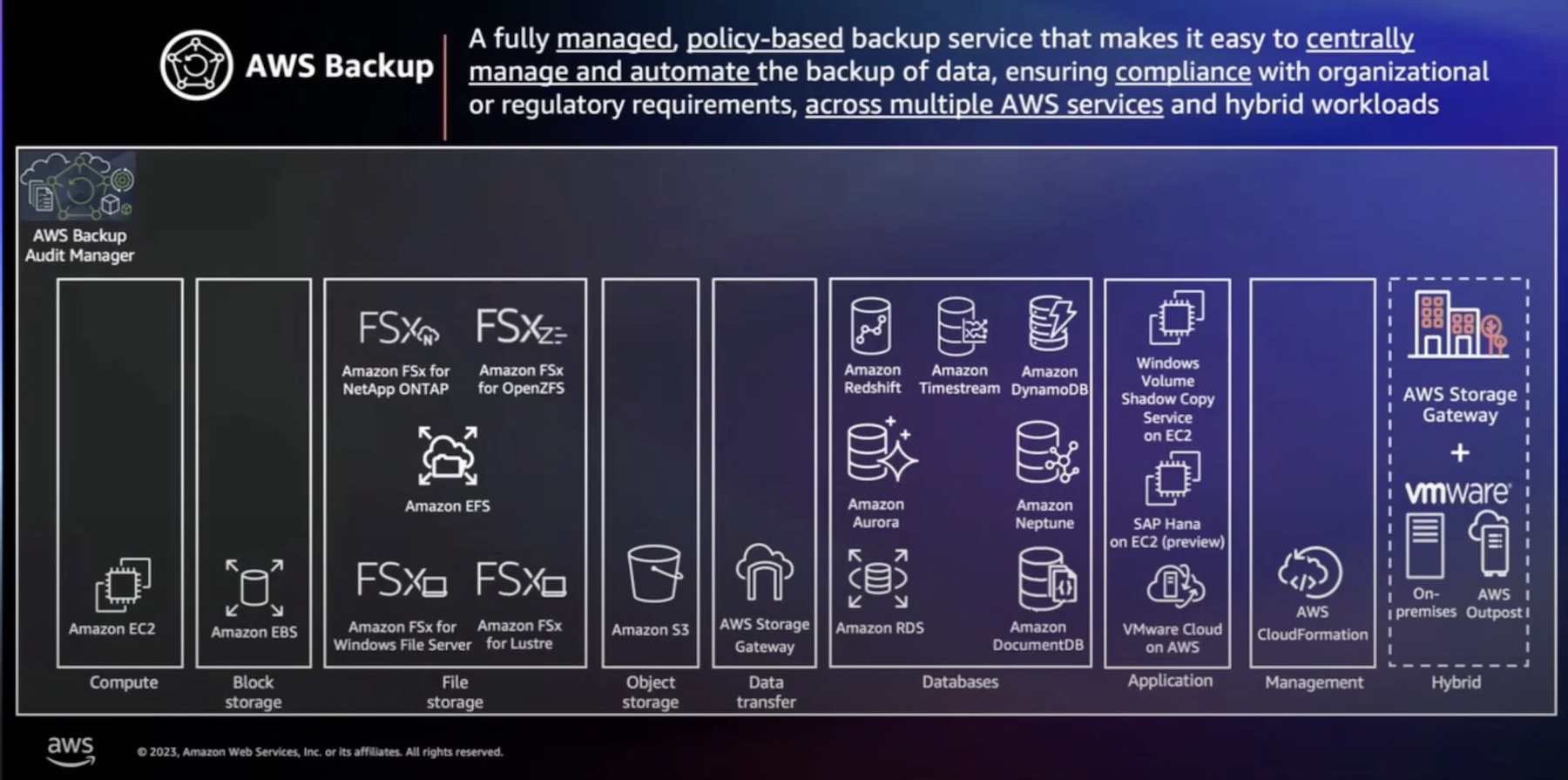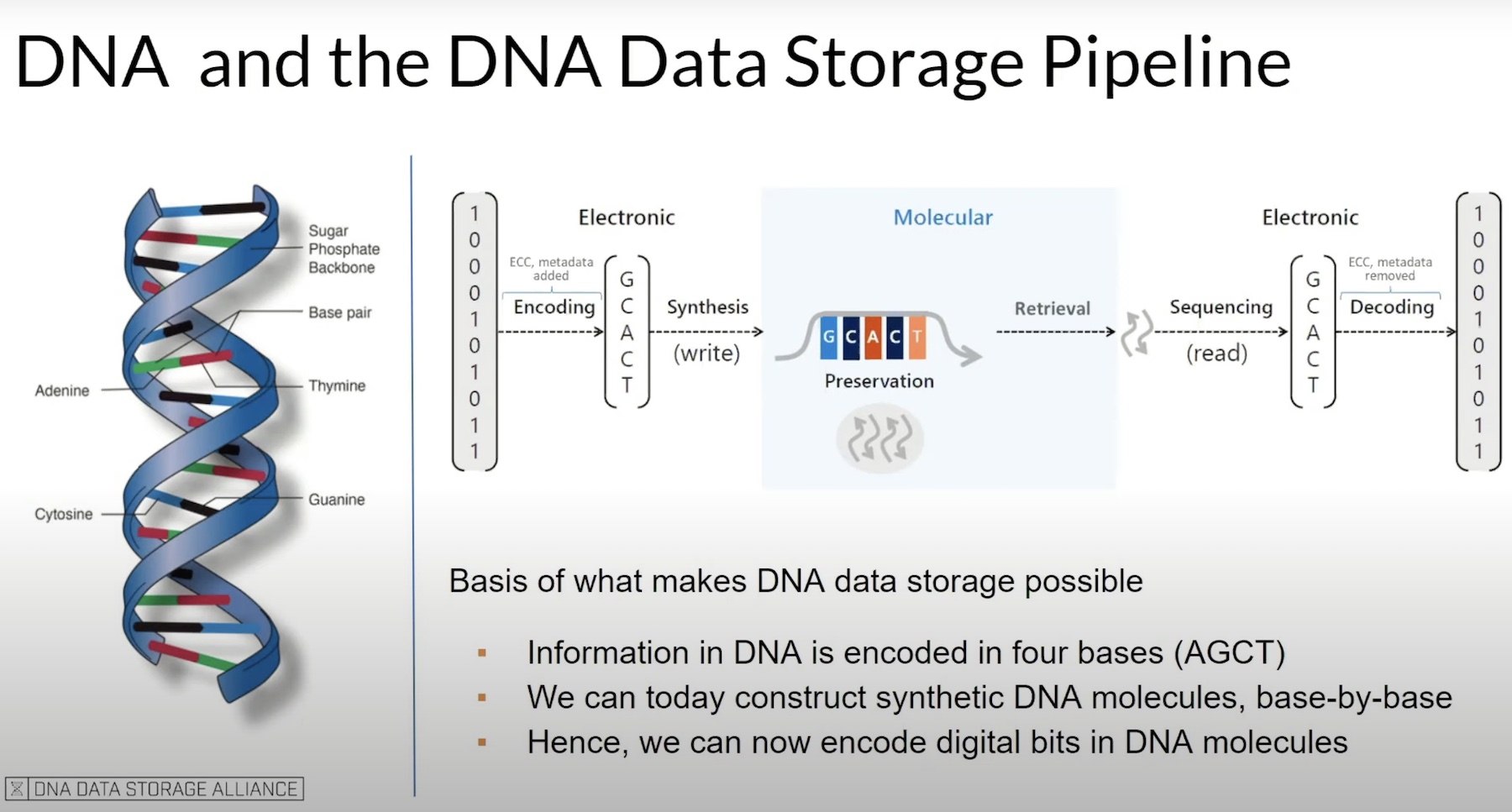Data security is paramount in today’s environment which is fraught with threats and perils. Although there are many ways in which a business can secure its data today, not many of the options available are affordable and air-tight both at once. These days, air-gapping with LTO tapes is one of the most adopted ways in which organizations are securing their data from malicious threats, but now there is an even better option: Object Lock immutability. Object Lock immutability has made it so much easier to protect data and inexpensively at that.

How Object Lock immutability works is by storing data in a static format. So, while users can access and read the data as and when required, the option of changing it remains unavailable. That way your data remains under lock-and-key, immutable but still readable to those with access grants. Thus, incidents of corruption, accidental deletion or data theft are well-averted. What’s more, it achieves the same goals as LTO Tapes, only at a smaller cost. Object Lock immutability has interestingly varied use cases.
Molly Clancy shares her insights on Object Lock immutability along with tips on how to optimally use it to organizations’ benefits in her blogpost “Five Ways to Use Object Lock Immutability”. She writes,
In functional programming, immutability is a characteristic of an object whose state cannot be changed after it has been created. Conversely, mutable objects are variable. But what does all that mean when it comes to Object Lock? By creating a model in which an individual object (i.e., a unit of data that contains all of the bytes that constitute what you would typically think of as a “file”) remains static and unchangeable, Object Lock immutability prevents important files from being deleted, corrupted, or otherwise damaged.
To learn about Object Lock immutability and how it can fit your specific use case, read Clancy’s article “Five Ways to Use Object Lock Immutability” on Backblaze.




